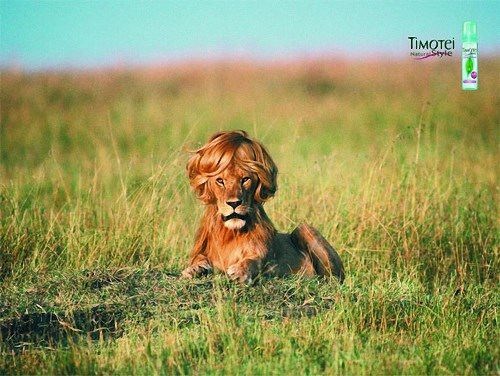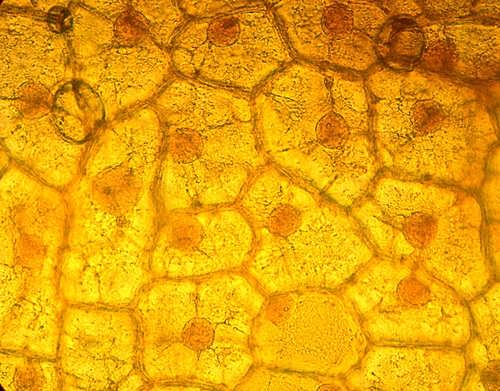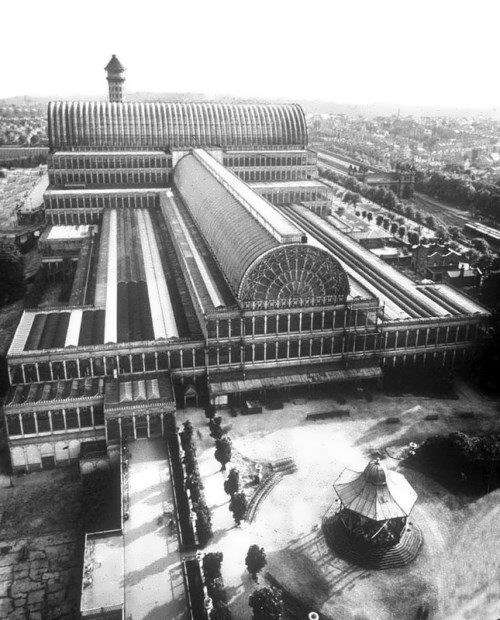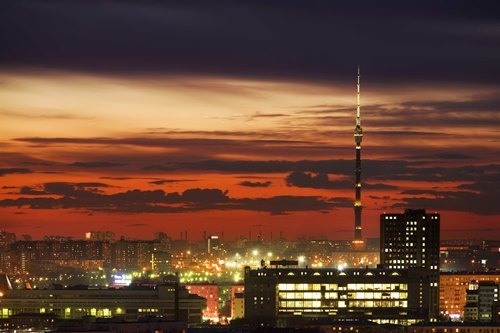Sugar – Sweet joy
Sugar is the most widely used sweetener in the world. Most people use sucrose, which is found in almost all plants. Sugarcane and sugar beets are the best producers of sucrose. Sugarcane is a giant, thick grass. Major producers of sugarcane are Brazil, India, and China. Sugar is stored in sugar beet’s white root. France and Germany are leading producers of sugar beets. Sugar is made from its juice, which is boiled until it starts to thicken and sugar crystals begin to form.
Too much sugar can cause people to gain weight. It also can lead to tooth decay. Today some people use saccharin and aspartame instead of sugar.
More »






